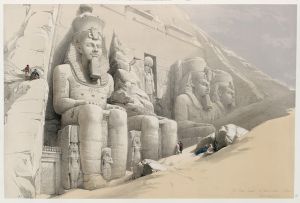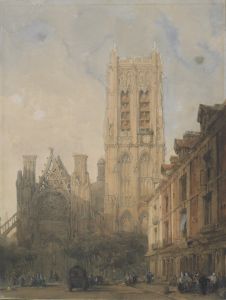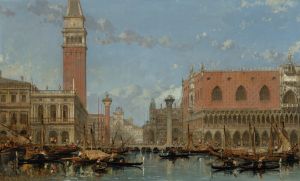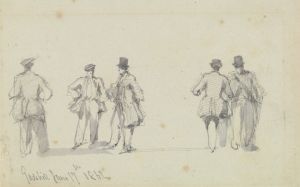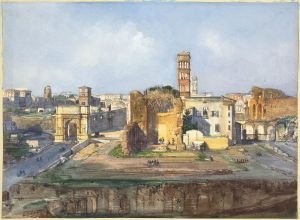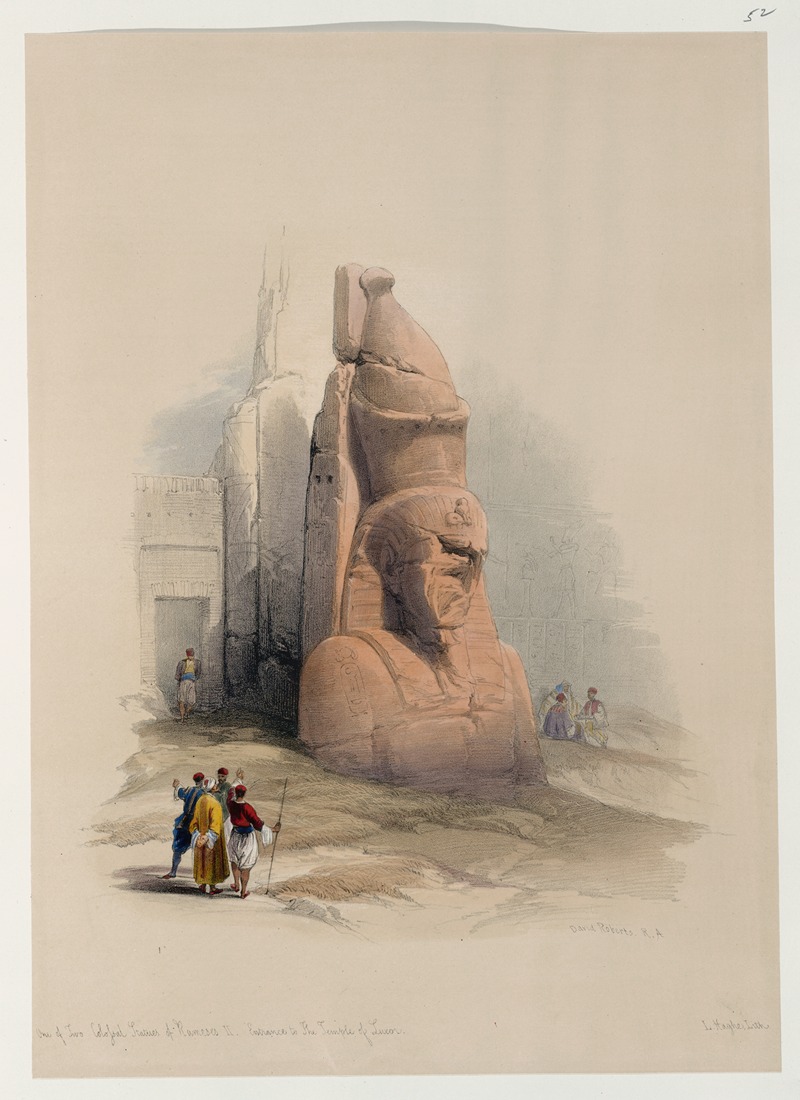
One of two colossal statues of Rameses [sic] II. Entrance to the Temple at Luxor.
A hand-painted replica of David Roberts’s masterpiece One of two colossal statues of Rameses [sic] II. Entrance to the Temple at Luxor., meticulously crafted by professional artists to capture the true essence of the original. Each piece is created with museum-quality canvas and rare mineral pigments, carefully painted by experienced artists with delicate brushstrokes and rich, layered colors to perfectly recreate the texture of the original artwork. Unlike machine-printed reproductions, this hand-painted version brings the painting to life, infused with the artist’s emotions and skill in every stroke. Whether for personal collection or home decoration, it instantly elevates the artistic atmosphere of any space.
David Roberts' artwork One of Two Colossal Statues of Rameses II. Entrance to the Temple at Luxor is a lithograph based on a sketch he created during his travels in Egypt in the early 19th century. Roberts, a Scottish painter and one of the most prominent Orientalist artists of his time, visited Egypt in 1838–1839 as part of a larger journey through the Middle East. His works are celebrated for their detailed and romanticized depictions of ancient monuments and landscapes, which contributed significantly to European interest in Egyptology during the 19th century.
The lithograph depicts one of the two colossal seated statues of Pharaoh Ramesses II that flank the entrance to the Temple of Luxor, located on the east bank of the Nile River in modern-day Luxor, Egypt. The Temple of Luxor, originally constructed during the reign of Pharaoh Amenhotep III in the 14th century BCE, was later expanded by Ramesses II in the 13th century BCE. The statues of Ramesses II, carved from granite, were erected as part of his additions to the temple and are emblematic of his efforts to immortalize his reign through monumental architecture.
Roberts' depiction captures the grandeur of the statue and its surroundings, emphasizing the scale and craftsmanship of ancient Egyptian art and architecture. The lithograph also includes details of the temple's pylons and the hieroglyphic inscriptions that adorn its surfaces. These inscriptions often celebrate the achievements of Ramesses II, who is widely regarded as one of ancient Egypt's most powerful and influential pharaohs.
The lithograph was published as part of Roberts' monumental work The Holy Land, Syria, Idumea, Arabia, Egypt, and Nubia, which was released in multiple volumes between 1842 and 1849. This collection, produced with the assistance of lithographer Louis Haghe, was highly acclaimed for its artistic quality and historical value. Roberts' works provided European audiences with some of the first detailed visual representations of ancient Egyptian sites, many of which were relatively unknown in the West at the time.
The artwork reflects the 19th-century fascination with ancient Egypt, which was fueled by archaeological discoveries and the decipherment of hieroglyphs by Jean-François Champollion in the 1820s. While Roberts' works are not always entirely accurate in their portrayal of historical details, they remain valuable as records of how these sites appeared during his time, before modern restoration efforts and the impact of tourism.
This lithograph, like much of Roberts' work, is considered both an artistic achievement and a historical document, offering insight into the cultural and archaeological interests of the 19th century.





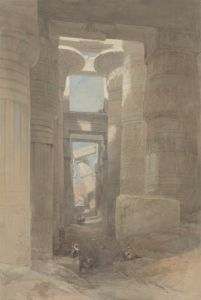
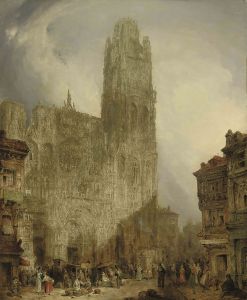
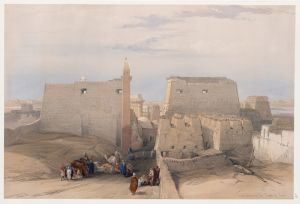
![Hager Selsilis [Gebel el-Silsila].](/imgs/217495/s/david-roberts-hager-selsilis-gebel-elsilsila-a0aad14c.jpg)
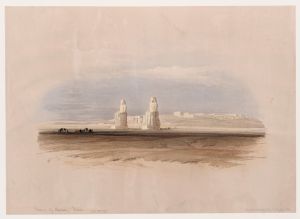
![Temple of Edfou [Idfû], ancient Appolinopolis, Upper Egypt.](/imgs/217546/s/david-roberts-temple-of-edfou-idfu-ancient-appolinopolis-upper-egypt-2a77d2d6.jpg)
